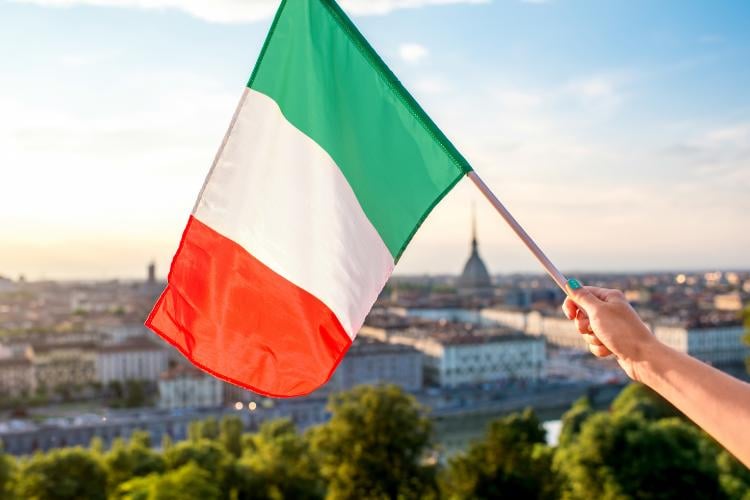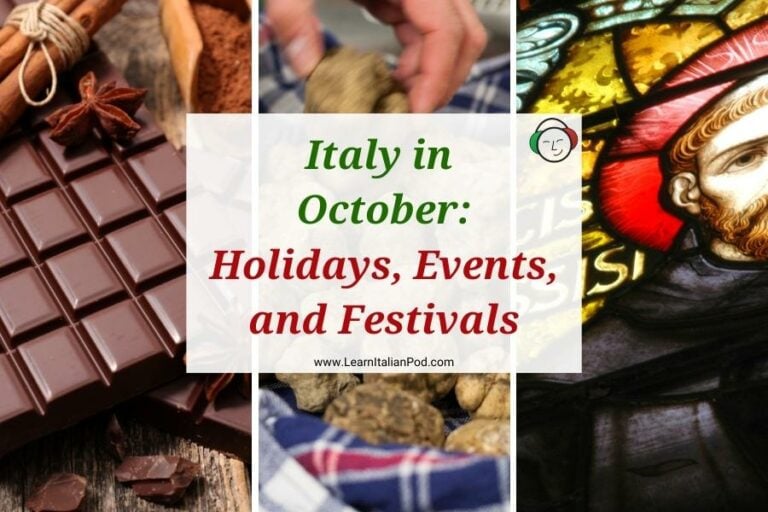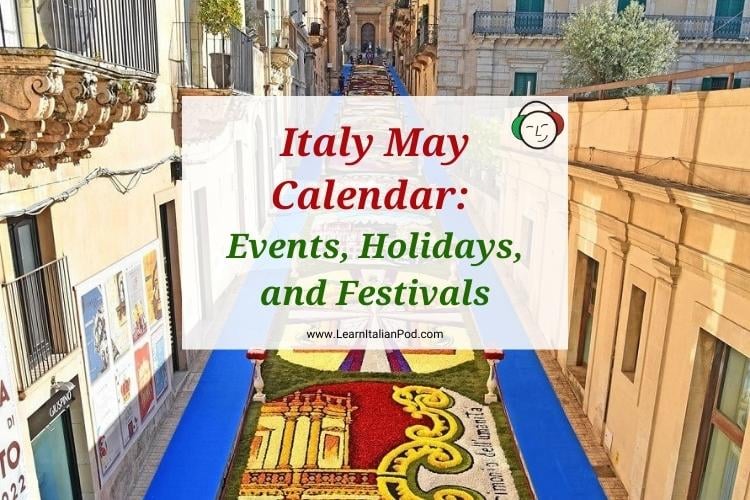Italian Carnival in Venice: Prepare to be Mesmerized
The Italian Carnival in Venice: A Centuries-Old Tradition
The Italian Carnival in Venice is a centuries-old tradition attracting thousands of visitors yearly.
The Venice Carnival is a celebration of music, dance, and masks that has been a part of Venice’s culture for centuries. The origin of the carnival dates back to the 12th century and has become an integral part of Venice’s cultural identity.
Be Mesmerized by the Stunning Masks
One of the most intriguing aspects of the carnival is the intricate masks that participants wear. The masks are elaborately decorated with feathers, jewels, and gold, each with its unique story.
Some of the masks are centuries old and are said to bring good luck to the wearer. It is believed that the masks were initially used to disguise people’s true identities during the carnival and were an important part of the festivities.
Suggested Read: February Events, Festivals, and Holidays in Italy.
Visiting Venice During the Carnival

Italians have a deep passion for the carnival in Venice, which many look forward to each year. The event is a time for people to escape the every day and be part of something larger than themselves.
The vibrant colors and energy of the carnival make it a truly unique experience that is not to be missed.
The streets are filled with revelers dressed in elaborate costumes and masks, and there are plenty of festivities to enjoy.
From open-air concerts and parties to masquerade balls, there is something for everyone to enjoy. There are also a number of vendors selling food, drinks, and souvenirs to commemorate the carnival.
The Italian Carnival in Venice is an event that should not be missed. It is a unique experience that brings together centuries of culture and tradition.
Whether you are a local or a tourist, the carnival is a great way to experience the city and its culture. So, come and join in the fun of the Italian Carnival in Venice and make memories that will last a lifetime.
Suggested Read: Is Venice Worth Visiting? Your Essential Travel Guide
Further Reading:
- Venice Italy Questions That Will Test Your Knowledge of This Marvelous City
- Test Your Knowledge of Italy’s Most Iconic Landmarks: How Well You Really Know The Boot?







